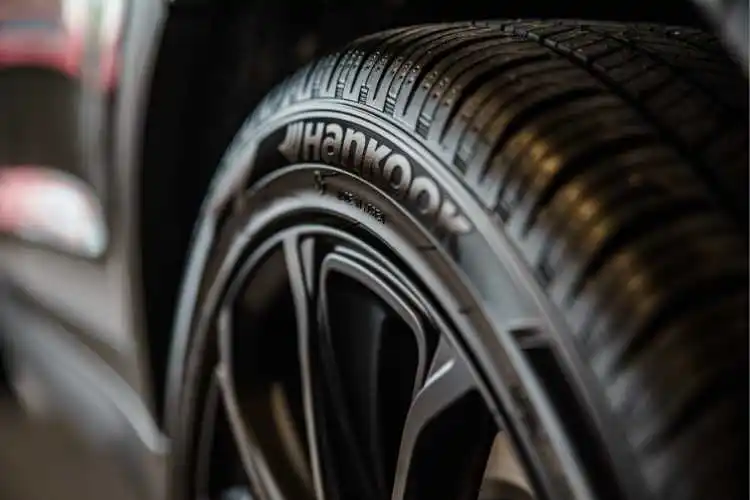Can You Paint Suspension Parts?
Suspension parts are an integral component of a vehicle’s performance and safety, ensuring a smooth ride and optimal handling. While some car enthusiasts may be tempted to customize their suspension parts with a fresh coat of paint, it raises the question: Can you paint suspension parts without compromising their functionality?
Yes, suspension parts can be painted for both aesthetic and rust-prevention purposes. While most car owners don’t typically paint their suspension parts, it is possible to do so safely without damaging any components. Painting suspension parts can help prevent rust and give your vehicle a unique look.
In this article, I will explore the pros and cons of painting your suspension parts and provide some tips on how to do it properly.
What Are Suspension Parts?
Let’s first describe suspension parts so that we can then discuss whether or not you can paint them. The sections of a car’s suspension system that attach the wheels to the body of the vehicle are known as suspension parts.
They consist of parts like control arms, springs, shocks, and struts. The suspension system is in charge of ensuring a comfortable ride and maintaining the vehicle’s stability while in motion.
Can You Paint Suspension Parts?
The short answer is yes, suspension parts can be painted. You must, however, exercise caution when doing so. Incorrect painting of the parts could cause damage and make them worthless. If you paint the parts without the manufacturer’s consent, you can also lose the guarantee on your car.
How to Paint Suspension Parts
Here are some instructions on how to paint your suspension parts if you choose to do so:
- You need to take the parts out of your car before you start painting. You may paint them adequately in this way without worrying about painting your car’s other components.
- Once the parts have been removed, they need to be thoroughly cleaned. Clean the parts with warm water and a degreaser. Be sure to properly dry them before painting.
- Lightly sand the components using fine-grit sandpaper. This will improve how well the paint adheres to the components.
- The pieces should be primed by using a light coat of primer. This will make it easier for the paint to adhere to the components and keep it from peeling or chipping.
- After the primer has dried, you can paint the components. Utilize a paint that is made with metal surfaces in mind. Apply many light layers of paint, letting each one completely dry before moving on to the next.
- You can reinstall the parts on your car after the paint has cured. When reinstalling the components, be sure to follow the manufacturer’s instructions to make sure they are correctly aligned and working.
Risks of Painting Suspension Parts
Although painting suspension parts is a possibility, there are some dangers. The following points should be remembered:
- Damage to the parts: If the parts are painted wrongly, they may be harmed and become worthless. A significant repair charge could follow from this.
- Warranty voidance: If you paint the parts without the manufacturer’s consent, the warranty on your car may be void. You can be forced to pay out-of-pocket for expensive repairs as a result of this.
- Reduced effectiveness: Painting the components might lessen their performance. This is because the paint could prevent the pieces from moving and performing as intended.
Alternatives to Painting Suspension Parts
There are some solutions you might take into account if you don’t feel comfortable painting your suspension parts:
- Applying dry powder to the pieces and then baking them in the oven is the process of powder coating. This results in a long-lasting finish that is resistant to peeling and chipping.
- A few manufacturers sell suspension parts in various hues. You can select a color that complements the paint job of your car.
- You can also buy painted aftermarket suspension components. You will avoid the headache of painting the components yourself by doing this.
Conclusion
In conclusion, painting suspension parts is possible but requires caution. There are alternatives to consider if painting the pieces yourself makes you uncomfortable.
To make sure the parts are working properly after painting or reinstalling them, keep in mind to adhere to the manufacturer’s recommendations. And always be mindful of the dangers, such as the possibility of causing damage to the parts or nullifying your car’s warranty.
With these pointers in mind, you can change the appearance of your car without sacrificing the security and performance of your suspension system.


